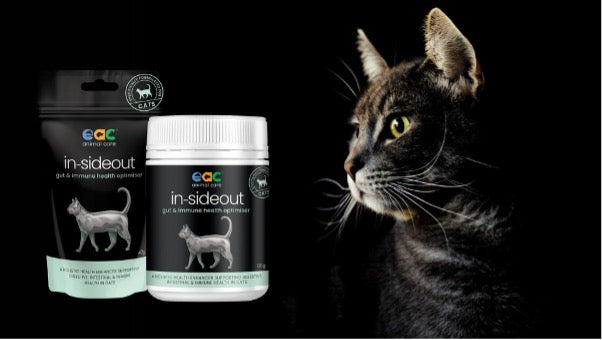By Dr Lucas van Oijen MVM, DVM, Cert. KNMvD Equine Pract.
When the weather warms up snakes become more active and owners need to try and prevent their pets from snake bites.
Snakebites are relatively common in many areas in Australia; in particular, the Tiger and Brown Snake are responsible for most snakebites.
Snake bites often occur in the late afternoon or early evening.
Cats and DogsCats and dogs are curious animals, and bites will occur. Pets are most frequently bitten by Brown Snakes.
Cats chances of survival are good, especially when given antivenom.
Owners often report that their dog collapses shortly after the snake bite and can then appear to recover. This is often related to the presence of a pre-paralytic signs that a lethal dose of venom has been delivered to the dog.
Urgent treatment is required.
The chances for survival of dogs is improved by acute veterinary treatment.
Preventative ActionWe can protect our beloved pets by making our properties less attractive. Keep the grass low, clean up any rubbish piles and clear away objects where snakes may hide.
If the snake is killed by the cat or the dog, bring the dead snake with you to the veterinarian to help with treatment.

Signs of Snakebite in Dogs and Cats are:
- Fang marks
- Sudden weakness followed by collapse
- Shaking or twitching of the muscles and difficulty blinking
- Drooling
- Vomiting
- Diarrhoea
- Urination
- Weakness
- Paralysis
- Blood in urine
- Dilated pupils
If you suspect your dog or cat has been bitten by a snake you should keep them calm and quiet and take immediately take them to the vet.
Snake Bites in HorsesSigns of Snakebite in Horses:
- Wobbly gait and weakness
- Laboured breathing
- Colic signs- sweating/ pawning/ rolling
- Reluctance or inability to walk
- Swollen muzzle
- Dilated pupils
- Unexplained bleeding from nose and or mouth
- Blood in urine

We can protect our beloved pets by making our properties less attractive. Keep the grass low, clean up any rubbish piles and clear away objects where snakes may hide.
Bites from some snakes will make the animal collapse and than seem to recover. This can be misleading. What really happens is that the snake toxins are spreading through the system and starting to cause damage. Within a few hours other signs will start to develop.
When a horse shows any of these symptoms and you suspect they have been bitten, it is vital to try and keep the horse calm.
The symptoms can also be indicators of other diseases that include Hendra Virus Infection. If the horse has any of the above symptoms and is not vaccinated, it is important to avoid all contact to any secretions and/or discharges from the horse’s nose, mouth or eyes.
Contact your veterinarian immediately.
Identification of the snake is often difficult, however may help the vet to apply treatment.
First Aid with Equine SnakebiteIf possible, keep the horse in a quiet, dark place. If the horse’s nose is swollen and restricted breathing is present, use some cut hose in the swollen nostrils to ensure breathing. To prevent damage of the swollen nostrils use Vaseline or place tape around the ends of hoses.
If marks are identifiable, apply a compression bandage above and below the bite until the veterinarian arrives.
If on a trail ride and suspect your horse has been bitten, stop and keep the horse as quiet as possible. If it is a leg bite, bandage the area above and below the bite and organise transport for the horse to the nearest vet.

The vital treatment of snakebites is prompt administration of antivenom and intensive supportive care.
Intravenous fluids, antihistamines, adrenaline and supportive oxygen can sometimes supportive ventilation.
Hospitalisation with intensive care of a minimum of 24 hrs is often required.





